
The sky of August 2025: Planets, Perseids, and constellations
Introduction
\nAugust 2025 promises beautiful nights: the Milky Way crosses the sky from east to west, the Perseids peak despite the moonlight, and several planets shine before dawn. This guide updates the essential information for observing from metropolitan France.
\n\nPlanets to observe in August
\n- \n
- \nMercury: farthest from the Sun on August 19, visible at dawn 30 minutes before sunrise, very low ENE. \n
- \nVenus: beacon of the morning sky (−4.3 mag); it culminates at around 25° altitude and rises more than two hours before the Sun. \n
- \nMars: orange disk (+1.6 mag) in the Virgo; sets around 00:30 CEST. \n
- \nJupiter: −2 mag in the Gemini, rises around 03:00 and dominates dawn. \n
- \nSaturn: in Pisces, rising ~22 h; the rings require ≥ 25× magnification – invisible with 10×50 binoculars. \n
- \nUranus: +5.7 mag in the Taurus, observable with binoculars before dawn. \n
- \nNeptune: +7.8 mag in the Pisces, with a telescope from 23:00. \n
Major Constellations
\n- \n
- \nSummer Triangle (Vega-Deneb-Altair) near the zenith around midnight. \n
- \nBig Dipper : a pointer to Polaris. \n
- \nScorpius & Sagittarius : low in the south-southwest, near the galactic center. \n
- \nCarina/Canopus: invisible from 49° N; its Alpha Carinae does not rise above 37° N. \n
Moon phases in August 2025
\n- \n
- First Quarter: 1 August \n
- Full Moon: 9 August \n
- Last Quarter: 16 August \n
- New Moon: 23 August \n
The Full Moon on 9 August (84% illumination on the 12th) will hinder the Perseids; prefer the nights of 8–10 August or the interval before Moonrise.
\n\nPhenomena not to miss
\nPerseids (July 17 – August 23)
\nPeak expected on 12 August at 20:00 UTC; best French window: 22:00–00:30 CEST before Moonrise. Up to 60 meteors/hour in a very dark sky.
\n\nOther meteor showers
\n- \n
- \nDelta Aquariids : July 18–August 21; broad peak around July 30, ZHR ≈ 20. \n
- \nAlpha Capricornids : July 7–August 13, maximal plateau on July 30, ZHR ≈ 5 but many fireballs. \n
Observing tips
\n- \n
- Choose a dark site, far from public lighting. \n
- Let your eyes adapt for 20 minutes to the darkness. \n
- Use a sky app to locate planets and radiants. \n
- Binoculars 10×50 for the Milky Way; telescope ≥ 70 mm (or 25×) for Saturn’s rings. \n
Conclusion
\nWith these corrections, you have a reliable calendar: planets aligned before dawn, iconic constellations at the zenith, and Perseids to observe before moonlight. Prepare a lounge chair and binoculars; the August 2025 sky awaits you!
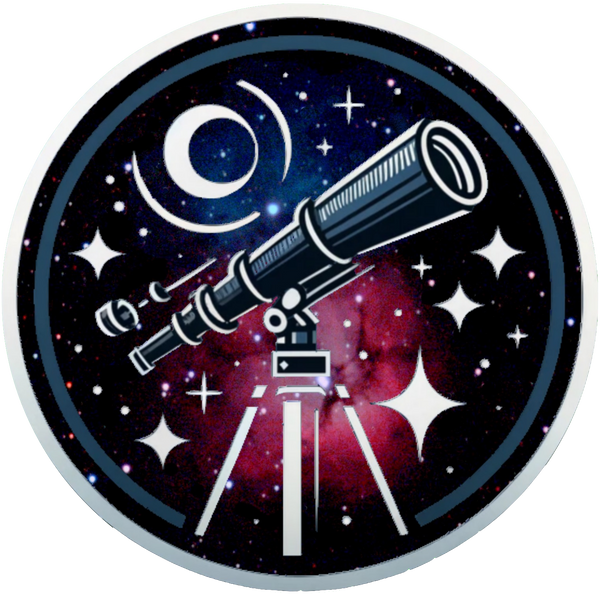
 All
All
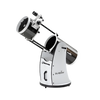 Dobson
Dobson
 Refractors
Refractors
 Ed & Apochromates
Ed & Apochromates
 Newtonian reflector
Newtonian reflector
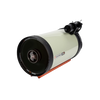 Schmidt Cassegrain
Schmidt Cassegrain
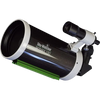 Maksutov-Cassegrain
Maksutov-Cassegrain
 Solar
Solar
 Researcher
Researcher
 Focal reducer
Focal reducer
 Intelligent
Intelligent
 All
All
 Equatorial
Equatorial
 Alt/Az
Alt/Az
 Harmonic
Harmonic
 Tripods
Tripods
 Accessories
Accessories
 All
All
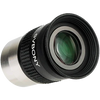 Wide angle
Wide angle
 Zoom eyepieces
Zoom eyepieces
 Reticulated eyepieces
Reticulated eyepieces
 Barlow
Barlow
 Plössl
Plössl
 Binoculars
Binoculars
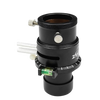 Atmospheric Corrector
Atmospheric Corrector
 All
All
 Visual
Visual
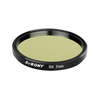 Photo
Photo
 Polarisants
Polarisants
 Solar Filters
Solar Filters
 Accessories
Accessories
 All
All
 Color Cameras
Color Cameras
 Monochrome Cameras
Monochrome Cameras
 Planetary/Guiding
Planetary/Guiding
 Objectives
Objectives
 All
All
 Binoculars
Binoculars
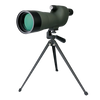 Spotting Scope and Monocular
Spotting Scope and Monocular
 Elbows
Elbows
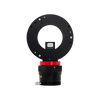 Optical Divider
Optical Divider
 Mirrors
Mirrors
 All
All
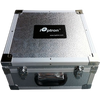 Bags and protections
Bags and protections
 Supports and counterweights,
Supports and counterweights,
 Camera adapters
Camera adapters
 Focuser
Focuser
 Collimation
Collimation
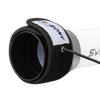 Heating band
Heating band
 Cables
Cables
 Collars
Collars
 Computers
Computers
 Fans
Fans
 Others
Others
 All
All
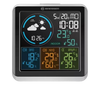 Weather Station
Weather Station
 Thermometer
Thermometer
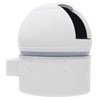 All
All
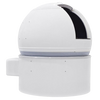 Observatory/Domes
Observatory/Domes
 Accessories
Accessories
 Askar
Askar
 Baader
Baader
 Bresser
Bresser
 Celestron
Celestron
 Explore Scientific
Explore Scientific
 GSO
GSO
 Optolong
Optolong
 Touptek
Touptek
 Vixen
Vixen
 ZWO
ZWO